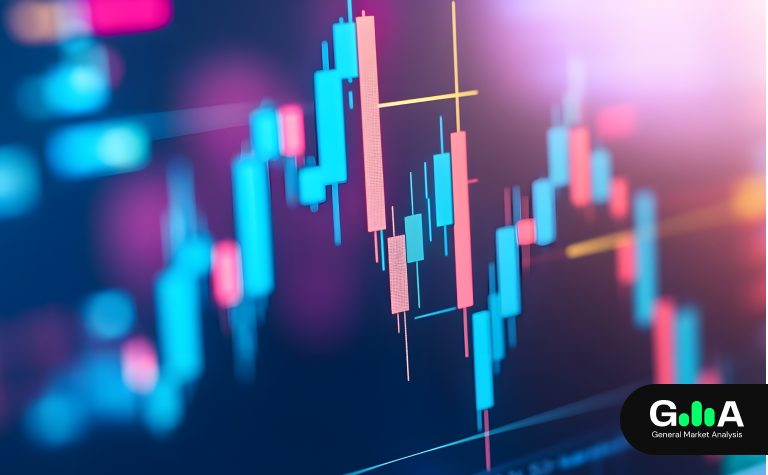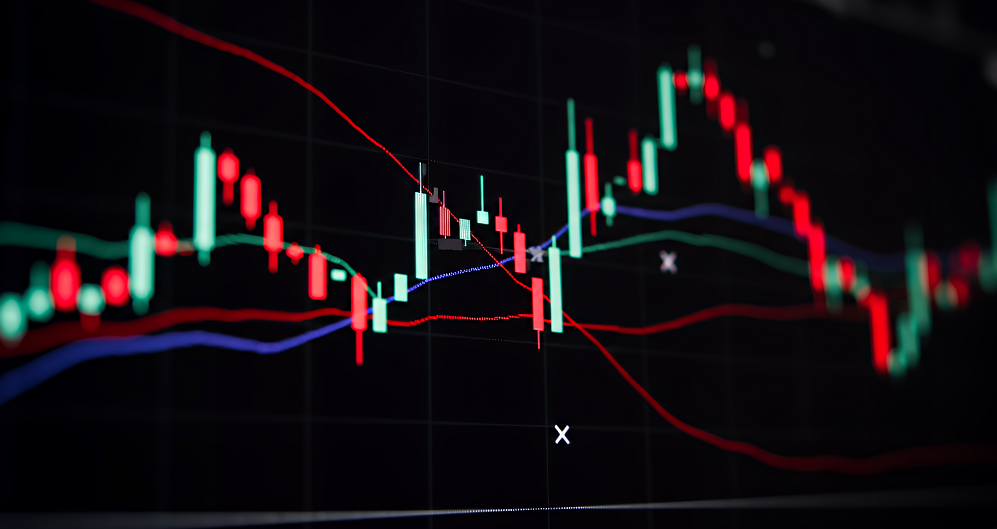Drawdown is defined as a considerable reduction in your account due to a series of losing trades. This can be calculated by getting the difference between the highest level of one’s account and its lowest point. For instance, when you’re initial capital of $10,000 has grown to $10,500 then you undergo a losing streak that brings it down to $9,500, your drawdown is $1,000.
Traders typically look at drawdown as a percentage of one’s account balance. For instance, when you lose five trades in a row at 1% risk per trade, your drawdown is 5%.
Aside from looking at one’s profit and loss in pips or percentages, drawdown also plays a key role in managing risk. This allows you to determine how much of your account you can stand to lose before being able to recover and land back in the green.
The truth is that traders will have their bad days every now and then, and it’s not surprising if one undergoes a terrible losing streak. What’s important is that you are able to manage your risk per trade and that you improve the expectancy on your trades such that a good winning trade can allow you to bounce back from most, if not all, of those losses.
For example, if you start with a $10,000 initial account balance and risk 10% per trade. If you undergo a losing streak of five consecutive trades, you will wind up losing half your account in just a few trades! You would need a really good winning trade or a set of profitable ones just to be able to make that amount back.
On the other hand, if you control your risk to just 2% per trade, undergoing a losing streak of five consecutive trades will just give you a manageable drawdown of 10%. If you are able to win a couple of 2-to-1 return-on-risk trades, then you will come close to recovering that drawdown in no time. As you’ve probably noticed, the reward ratio also plays a key role in determining how you can recover from drawdown.
This is a part of one’s trading plan that must be developed based on risk preferences and trading styles. For instance, if you are a swing trader that prefers holding on to trades for days and keeping wide stops, you can afford to risk a full position size on a single trade or divided among a few trades. If you are a scalp trader that opens and closes multiple positions in minutes, you can risk small for each trade then just go for large reward-to-risk ratios in order to bounce back quickly from tiny losses.
At the end of the day, what matters is that you setup your risk management rules such that you can afford to trade again and hold on to most of your account even with a losing streak or a large drawdown. Of course it’s also important to do your homework and improve the probability of winning by conducting thorough fundamental and technical analysis.






